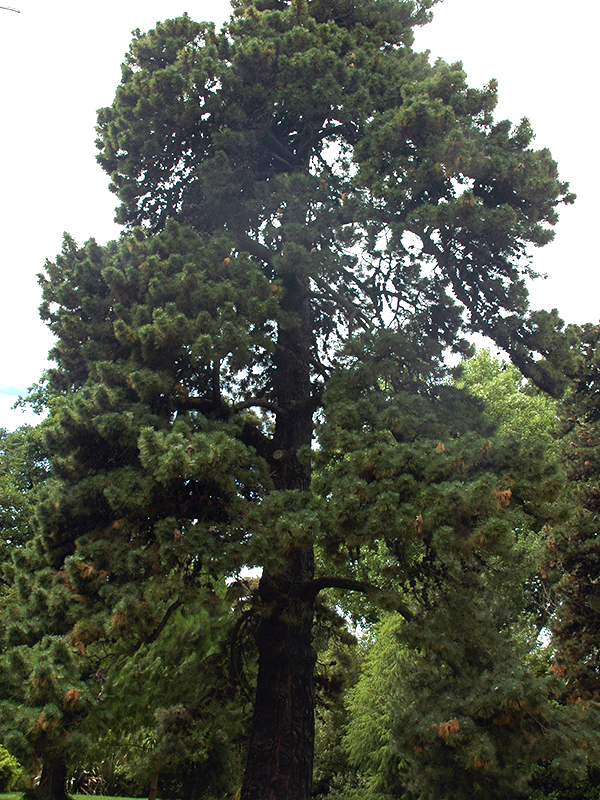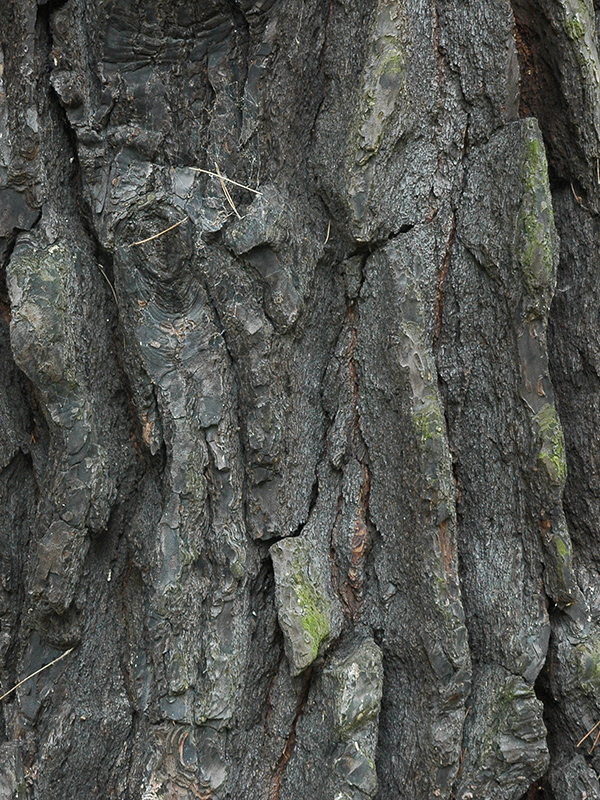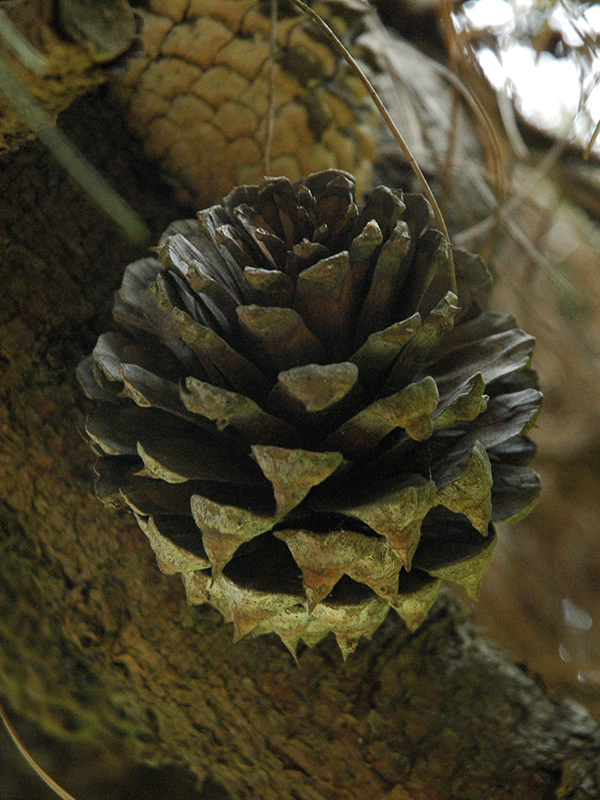| General Description | A single stem tree, slightly pyramidal in shape with roughly ridged, scale-like bark. 2 needles per fascicle and depending on location the foliage is either dark green or blue. The cones are dark brown with a slight upward curve. |
| ID Characteristic | Conical in shape when mature with weak branches due to its rapid growth. The ‘closed’ cones can persist on the tree for up to 70 years. |
| Shape | Upright and narrow with a conical shape, branches are wide spreading and slightly ascending. |
| Propagation | Propagated by seed or cuttings. Stem cuttings should be taken in late winter or early spring from juvenile trees with well developed roots. With seed propagation, cold stratification for 6 weeks at 5°C should be implemented as it improves germination. |
| Cultivation | Sandy, acidic soils poor in nutrients with full sun. Prefers windy climates. |
| Pests | Susceptible to honey fungus. |
| Notable Specimens | Westonbirt, The National Arboretum, Tetbury, Gloucestershire, England. |
| Habitat | Found growing along dry coastal ridges. |
| Bark/Stem Description | The bark is scale-like, dark grey with deep ridges. |
| Flower/Leaf Bud Description | The buds are dark brown and ovoid-cylindric, resinous and approximately 1-2.5 cm in length. |
| Leaf Description | 2 needles per fascicle, 8-13 cm in length and 1.5 mm wide. The leaf has a dark green or blue colour and (depending on strain) has a slight twist in the needles. |
| Flower Description | The Bishop Pine is monoecious. Male flowers are purple and are held in tight clusters at the branch tips. While the female flowers are reddish-purple and are found in groups of 3-4 on branch tips. Both are conical shaped and 5-7 cm in length. |
| Fruit Description | Seed cones are serotinous, chestnut-brown and about 4-9 cm in length. Juvenile cones are a light green colour, the ‘closed’ cones have strong spikes on the outside. Curving downwards and appear in whorls. |
| Colour Description | Dark grey bark with slightly blue foliage or dark grey bark with green foliage. The cones are chestnut-brown with dark brown spikes. |
| Texture Description | Medium textured foliage and rough scale-like bark. |


